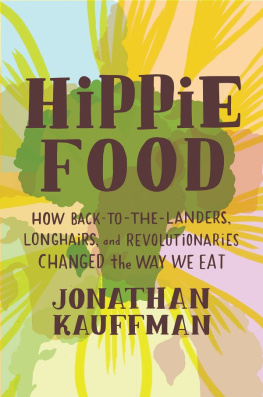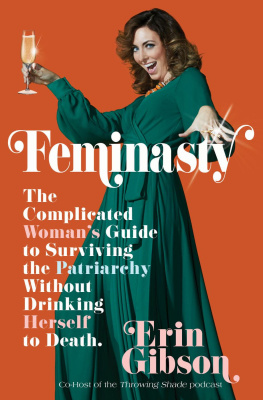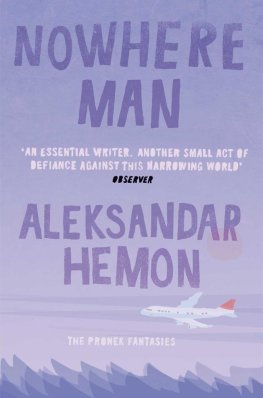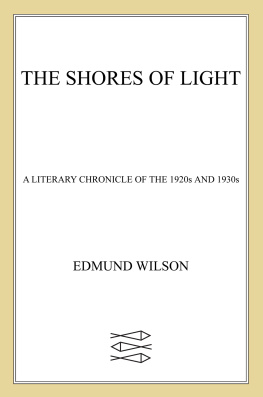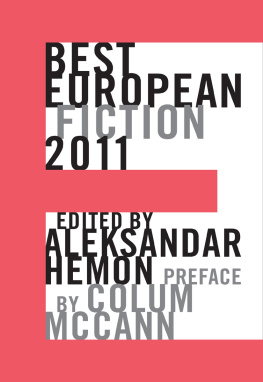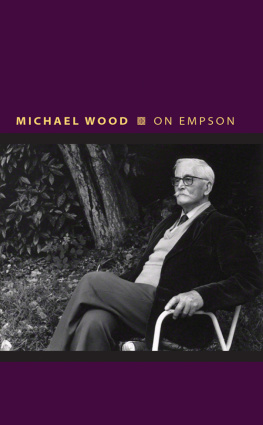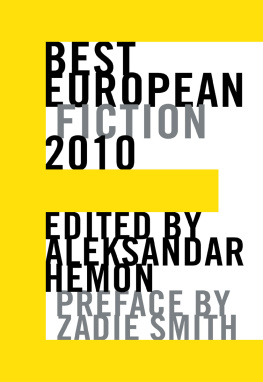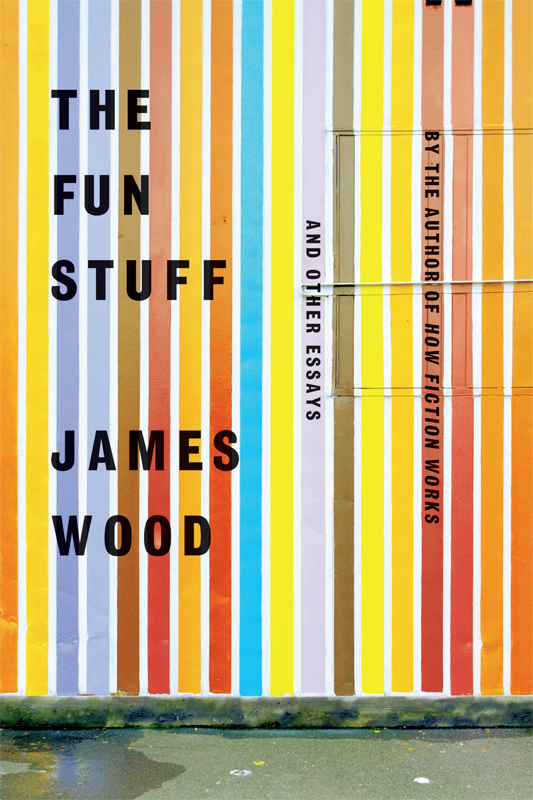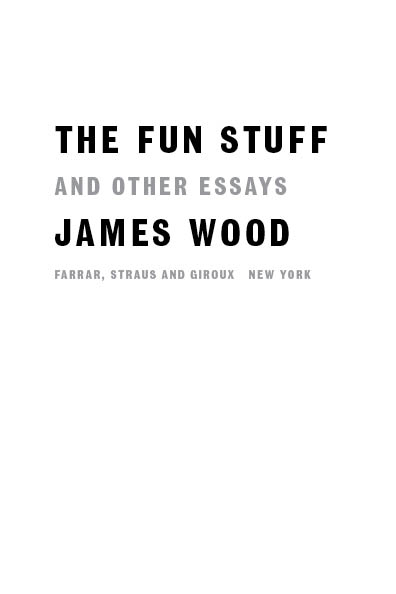
Farrar, Straus and Giroux
18 West 18th Street, New York 10011
Copyright 2012 by James Wood
All rights reserved
First edition, 2012
These essays originally appeared, in slightly different form, in The New Yorker , the London Review of Books , and The New Republic .
Grateful acknowledgment is made for permission to reprint lyrics from the song Sea and Sand, by Pete Townshend. Copyright 1973 ABKCO Music, Inc. (BMI), Songs of Windswept Tunes, Inc. (BMI), SUOLUBAF Music (BMI), Towser Tunes, Inc. (BMI). All rights reserved. Used by permission of Universal Music Publishing Group.
Library of Congress Cataloging-in-Publication Data
Wood, James, 1965
The fun stuff, and other essays / James Wood. 1st ed.
p. cm.
ISBN 978-0-374-15956-6 (alk. paper)
I. Title.
AC8 .W8155 2012
824'.92dc23
2011052184
www.fsgbooks.com
e-ISBN: 9780374709068
For Susanna Kaysen and John Daniels and, as ever, for C.D.M.
CONTENTS
THE FUN STUFF: HOMAGE TO KEITH MOON
I had a traditional musical education, in a provincial English cathedral town. I was sent off to an ancient piano teacher with the requisite halitosis, who lashed with a ruler at my knuckles as if they were wasps; I added the trumpet a few years later and had lessons with a younger, cheerier man, who told me that the best way to make the instrument sound was to imagine spitting paper pellets down the mouthpiece at the school bully. I sang daily in the cathedral choir, an excellent grounding in sight-reading and performance. I still play the piano and the trumpet.
But what I really wanted to do, as a little boy, was play the drums, and of those different ways of making music, only playing the drums still makes me feel like a little boy. A friends older brother had a drum kit, and as a twelve-year-old I gawped at the spangled shells of wood and skin, and plotted how I might get to hit them, and make a lot of noise. It wouldnt be easy. My parents had no time for all that thumping about, and the prim world of ecclesiastical and classical music, which meant so much to me, detested rock. But I waited until the drums owner was off at school and sneaked into the attic, where they gleamed, fabulously inert, and over the next few years I taught myself how to play them. Sitting behind the drums was also like a fantasy of driving (the other great prepubescent ambition), with my feet established on two pedals, bass drum and hi-hat, and the willing dials staring back at me like a blank dashboard
Noise, speed, rebellion: everyone secretly wants to play the drums, because hitting things, like yelling, returns us to the innocent violence of childhood. Music makes us want to dance, to register rhythm on and with our bodies. So the drummer and the conductor are the luckiest of all musicians, because they are closest to dancing. And in drumming, how childishly close the connection is between the dancer and the dance! When you blow down an oboe, say, or pull a bow across a string, an infinitesimal, barely perceptible hesitationthe hesitation of vibrationseparates the act and the sound; for trumpeters, the simple voicing of a quiet middle C is more fraught than very complex passages, because that brass tube can be sluggish in its obedience. But when a drummer needs to make a drum sound, he just hits it. The stick or hand comes down, and the skin bellows. The narrator of Thomas Bernhards novel The Loser , a pianist crazed with dreams of genius and obsessed with Glenn Gould, expresses the impossible longing to become the piano, to be at one with it. When you play the drums, you are the drums. Le tom-tom, cest moi, as Wallace Stevens put it.
The drummer who was the drums, when I was a boy, was the Whos Keith Moon, though he was already dead by the time I first heard him. He was the drums not because he was the most technically accomplished of drummers, but because his many-armed, joyous, semaphoring lunacy suggested a man possessed by the antic spirit of drumming. He was pure, irresponsible, restless childishness. At the end of early Who concerts, as Pete Townshend smashed his guitar, Moon would kick his drums and stand on them and hurl them around the stage, and this seems a logical extension not only of the basic premise of drumming, which is to hit things, but an inevitable extension of Moons drumming, which was to hit things exuberantly. In the bands very early days, the managers of clubs would complain to Townshend about his drummer. We like you guys, they would say, but get rid of that madman on the drums, hes too loud. To which Moon succinctly replied: I cant play quiet, Im a rock drummer.
The Who had extraordinary rhythmic vitality, and it died when Keith Moon died, on September 7, 1978. I had hardly ever heard any rock music when I first listened to albums like Quadrophenia and Whos Next . My notion of musical volume and power was inevitably circumscribed by my fairly sheltered, austerely Christian upbringingI got off on classical or churchy things like the brassy last bars of William Waltons First Symphony, or the chromatic last movement of the Hammerklavier Sonata, or the way the choir bursts in at the start of Handels anthem Zadok the Priest , or the thundering thirty-two-foot bass pipes of Durham Cathedrals organ, and the way the echo, at the end of a piece, took seven seconds to dissolve in that huge building. Those are not to be despised, but nothing had prepared me for the ferocious energy of the Who. The music enacted the Mod rebellion of its lyrics: Hope I die before I get old; Meet the new boss, same as the old boss; Dressed right, for a beach fight; Theres a millionaire above you, / And youre under his suspicion. Pete Townshends hard, tense suspended chords seem to scour the air around them; Roger Daltreys singing was a young mans fighting swagger, an incitement to some kind of crime; John Entwistles incessantly mobile bass playing was like someone running away from the scene of the crime; and Keith Moons drumming, in its inspired vandalism, was the crime itself.
Most rock drummers, even very good and inventive ones, are timekeepers. There is a space for a fill or a roll at the end of a musical phrase, but the beat has primacy over the curlicues. In a regular 4/4 bar, the bass drum sounds the first beat, the snare the second, the bass drum again hits the third (often with two eighth notes at this point), and then the snare hits the bars final beat. This results in the familiar boom-DA, boom-boom-DA sound of most rock drumming. A standard-issue drummer, playing along, say, to the Beatles Carry That Weight, would keep his 4/4 beat steady through the line Boy, youre gonna carry that weight, carry that weight, a long time, until the natural break, which comes at the end of the phrase, where, just after the word time, a wordless, two-beat half-bar readies itself for the repeated chorus. In that half-bar, there might be space for a quick roll, or a roll and a triplet, or something fancy with snare and hi-hatreally, any variety of filler. The filler is the fun stuff , and it could be said, without much exaggeration, that nearly all the fun stuff in drumming takes place in those two empty beats between the end of a phrase and the start of another. Ringo Starr, who interpreted his role fairly modestly, does nothing much in that two-beat space: mostly, he just provides eight even, straightforward sixteenth notes (da-da-da-da / da-da-da-da). In a good cover version of the song, Phil Collins, an extremely sophisticated drummer who was never a modest performer with Genesis, does a tight roll that begins with featherlight delicacy on a tom-tom and ends more firmly on his snare, before going back to the beat. But whatever their stylistic differences, the modest and the sophisticated drummer share an understanding that there is a proper space for keeping the beat, and a much smaller space for departing from it, like a time-out area in a classroom. The difference is just that the sophisticated drummer is much more often in time-out, and is always busily showing off to the rest of the class while he is there.


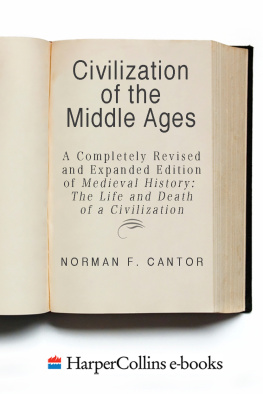
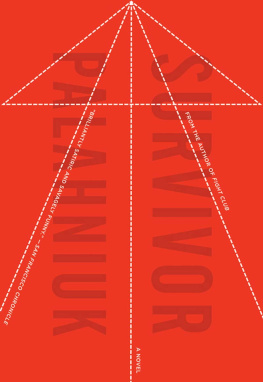
![Blackstone Audio Inc. - The politically incorrect guide to the presidents: [from Wilson to Obama]](/uploads/posts/book/167736/thumbs/blackstone-audio-inc-the-politically-incorrect.jpg)
